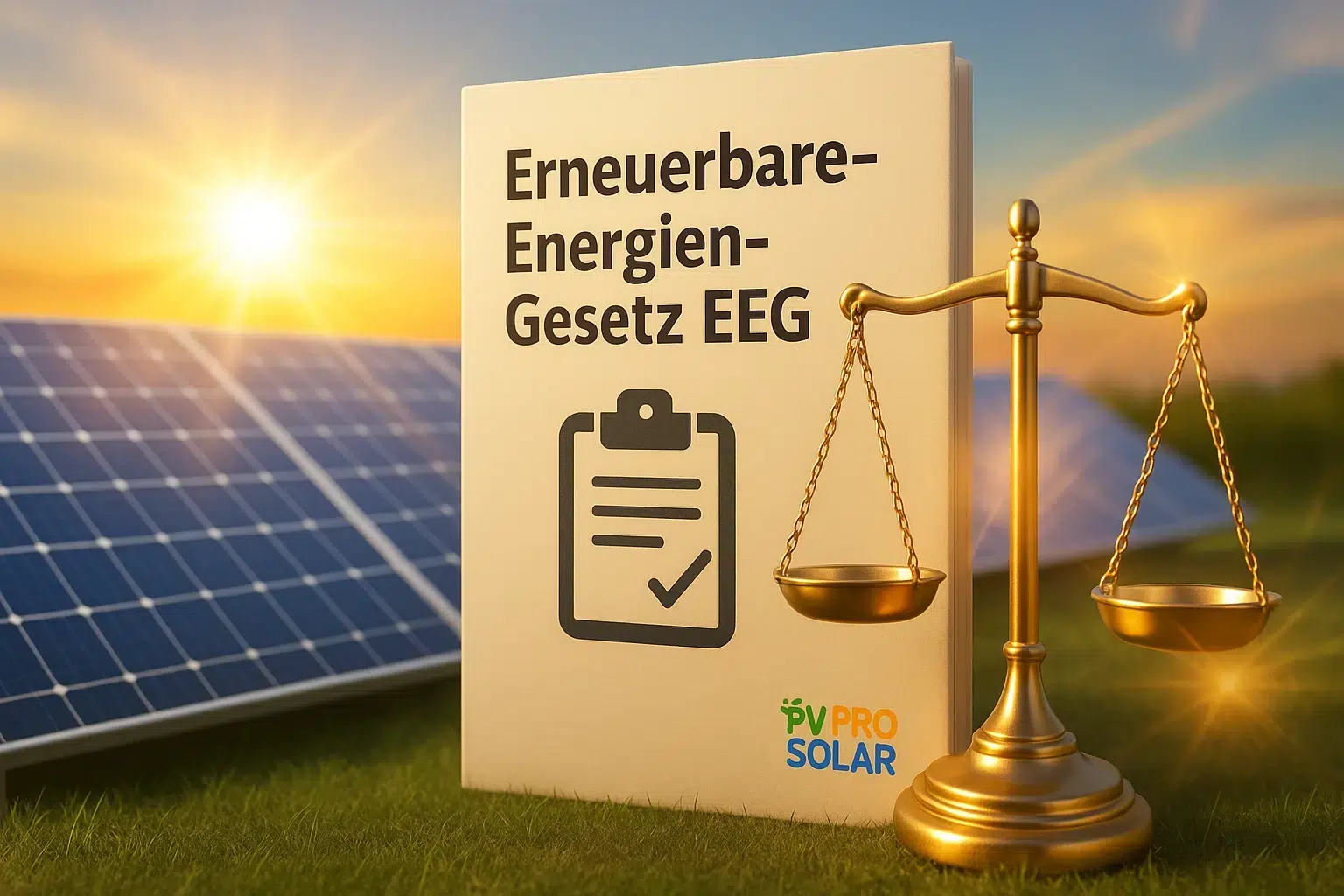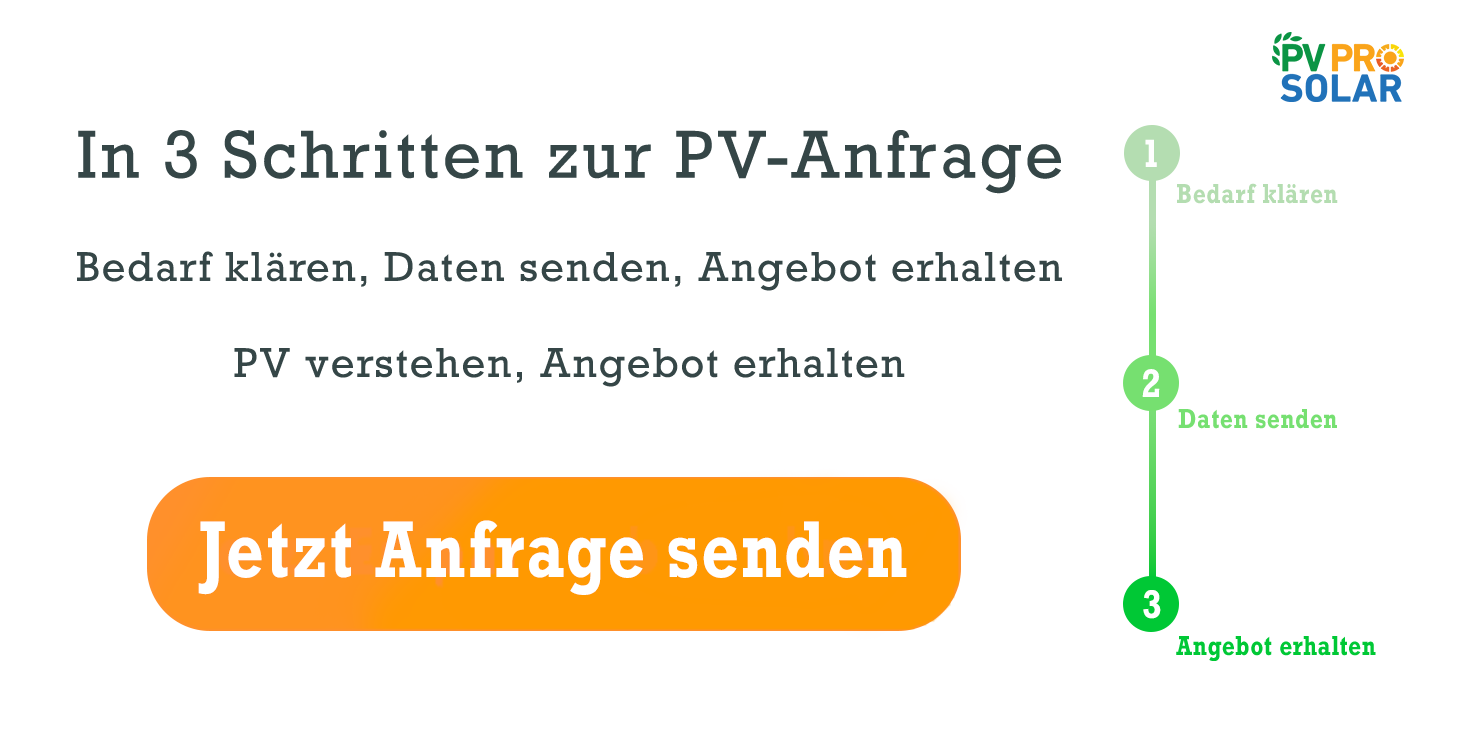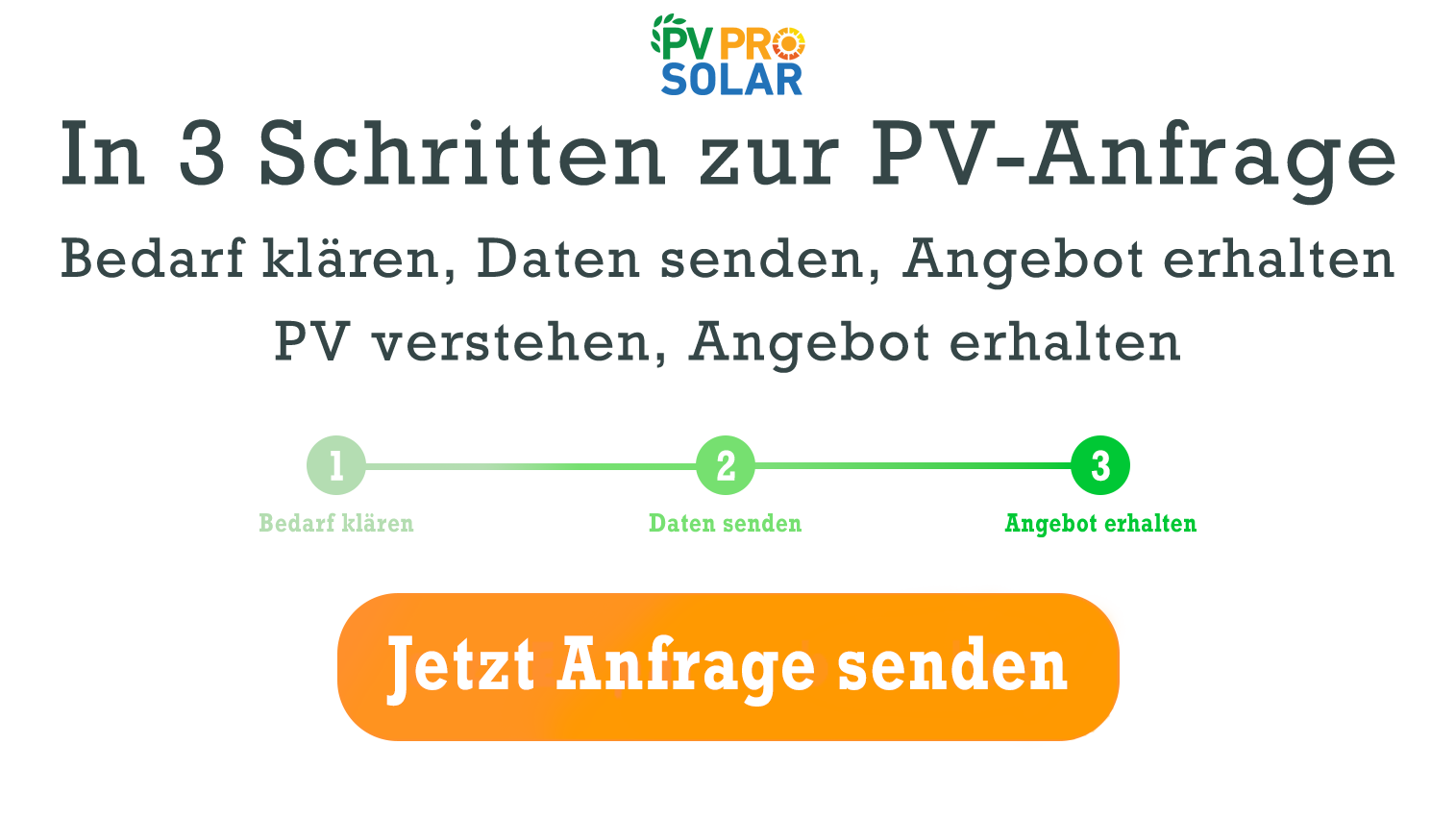Renewable Energy Sources Act: Impact on Consumers?
The Renewable Energy Sources Act (EEG, Erneuerbare-Energien-Gesetz) provides the legal framework for promoting renewable energy in Germany. Its primary goal is to boost the use of sustainable energy sources—such as wind, solar, biomass, and hydropower—while simultaneously achieving climate protection targets. But how exactly does the EEG affect consumers and businesses? This article clearly answers the key questions surrounding the EEG, giving you insight into its practical implications.
What is the Renewable Energy Sources Act (EEG)?
First introduced and originally passed into law in 2000, the Renewable Energy Sources Act (EEG) systematically promotes the development of electricity generation from renewable energy sources. At its core, the EEG provides government-approved guaranteed feed-in tariffs (Einspeisevergütungen) for operators generating electricity from renewable energy plants, such as photovoltaic or wind power systems. These outstandingly secure payments create stability, giving investors confidence and making renewable energy projects more attractive, thereby continuously ensuring an increase in their share of Germany’s energy mix. Additionally, the EEG regulates the priority transmission and integration of renewable energy into the electricity grid.
Why was the EEG introduced?
The EEG was created out of a pressing need to reduce Germany’s dependence on fossil fuels, mitigate climate change, and support the expansion of sustainable energy sources. Its primary political purposes include reducing greenhouse gas emissions, fostering industry development and job creation within the renewable energy sector, and ensuring a long-term, independent energy supply.
What is the current EEG surcharge for consumers?
The EEG surcharge (EEG-Umlage), paid by consumers through their electricity bills, was most recently set at around 6.5 cents per kilowatt-hour (kWh). This surcharge funds the guaranteed payments to operators of renewable energy systems. Currently, however, political efforts are underway to gradually phase out the EEG surcharge scheme, aiming to relieve consumers financially and make renewable energies more competitive in the market.
How do consumers benefit from the EEG?
Consumers stand to benefit from lower electricity prices in the long term, as renewable energy can increasingly be generated at lower costs. Furthermore, the EEG provides incentives and subsidies for installing personal photovoltaic systems or storage solutions, including support for approved materials, thereby reducing household electricity costs and making such investments financially attractive.
What obligations does the EEG place on businesses?
Under the EEG, companies must fulfill various reporting obligations, especially if they produce or consume electricity themselves. Energy-intensive businesses operating in niche markets may benefit from reductions in the EEG surcharge but must annually verify their eligibility. Transparency and reporting requirements are thus among the main obligations arising from the EEG.
How does the EEG influence the expansion of photovoltaic systems?
Photovoltaic (PV) systems significantly benefit from guaranteed feed-in tariffs and financial support under the EEG, resulting in an accelerating expansion of solar energy. These incentives are especially attractive to private households and small businesses, as investments in photovoltaic installations become profitable quickly due to decreasing total production costs. As a result, these entities can actively participate in expanding renewable energy sources, and the achieved growth further supports Germany’s sustainable energy goals.
The Renewable Energy Sources Act (EEG) has guided Germany onto a path toward a sustainable energy future, providing clear benefits and obligations to both consumers and businesses. Continuous adaptations and extensions of the EEG ensure dynamic growth in renewable energies. Informed consumers and business owners can thus not only profit from but actively contribute to the energy transition and climate protection.
All electricity consumers—private households as well as businesses—are generally required to pay the EEG surcharge. Exceptions exist for energy-intensive businesses, which can qualify for certain reductions.
Yes, the EEG guarantees fixed feed-in tariffs for operators of photovoltaic systems. These incentives make such investments particularly attractive and help recover initial costs relatively quickly. Who is required to pay the EEG surcharge?
Can I benefit from the EEG by installing a photovoltaic system?



